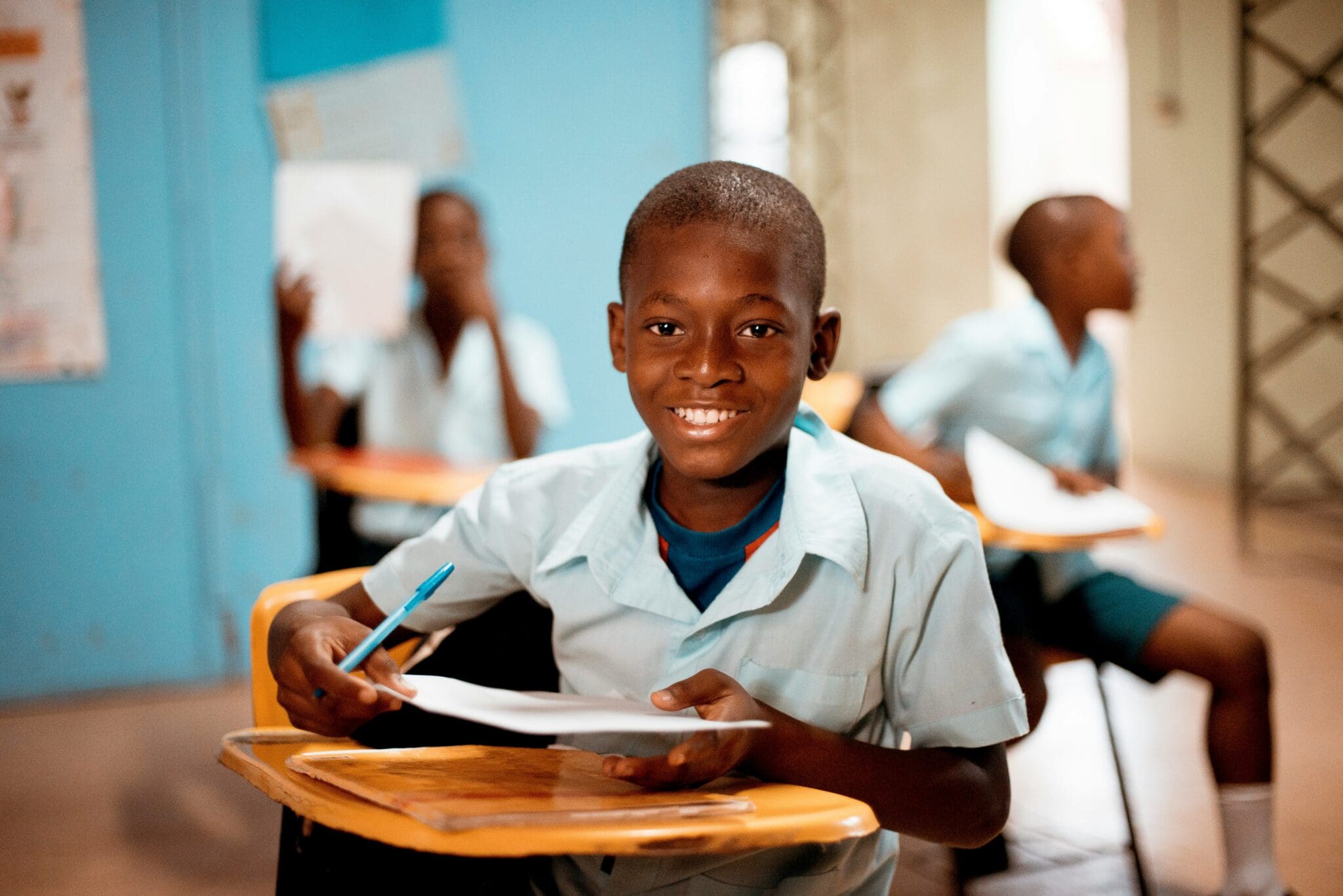
The Power of Believing: Changing the Lives of Underprivileged Children
Introduction Belief is a powerful force that can ignite transformation, especially in the lives of underprivileged children. When someone believes in a child’s potential, it can inspire confidence, ambition, and resilience, leading to remarkable achievements despite significant challenges. This article, authored by Lulu Kwakye, delves into the profound impact of belief on the lives of underprivileged children through real-life examples and the contributions of dedicated individuals and organizations.
Real-Life Examples of Transformation
1. Oprah Winfrey: A Testament to the Power of Belief
Oprah Winfrey’s life is a quintessential example of how belief can change an underprivileged child’s trajectory. Born into poverty in rural Mississippi and raised under challenging circumstances, Oprah faced numerous hardships. However, her grandmother’s unwavering belief in her potential and the support of a few key mentors fueled her determination to succeed. Oprah’s rise to become a global media mogul and philanthropist is a testament to the transformative power of believing in one’s potential (Krohn, 2010).
2. The Success Story of Michael Oher
Michael Oher’s journey from homelessness to NFL stardom was immortalized in the movie “The Blind Side.” Born into a broken home with a drug-addicted mother, Michael’s life changed dramatically when Leigh Anne and Sean Tuohy, a compassionate couple, took him in. Their belief in his abilities provided him with the stability, support, and encouragement he needed. Michael excelled in academics and sports, ultimately becoming a professional football player. This transformation underscores how belief and support from a family can change a child’s life (Lewis, 2006).
3. The Influence of Khan Academy on Salman Khan
Salman Khan, the founder of Khan Academy, began his journey with the belief that every child, regardless of their background, has the potential to learn and excel. Inspired by tutoring his cousin in mathematics, Sal Khan started creating educational videos, which evolved into the globally recognized Khan Academy. This platform has provided free, quality education to millions of underprivileged children worldwide, demonstrating how belief in educational equity can transform lives (Khan, 2012).
The Role of Educators and Mentors Educators and mentors play a crucial role in fostering belief in underprivileged children. They not only impart knowledge but also provide emotional support and mentorship, crucial for building self-esteem and ambition. Programs like Big Brothers Big Sisters of America match children with mentors who believe in their potential, significantly improving their academic performance and social skills (Tierney, Grossman, & Resch, 1995).
Example: Jaime Escalante
Jaime Escalante, a high school math teacher in East Los Angeles, believed that his students, despite being from a socioeconomically disadvantaged background, could excel in Advanced Placement (AP) Calculus. His unwavering belief and innovative teaching methods led his students to achieve outstanding results, famously portrayed in the movie “Stand and Deliver.” Escalante’s story illustrates the profound impact of a teacher’s belief in their students’ potential (Mathews, 1988).
Organizational Impact: Save the Children Organizations like Save the Children believe in the potential of every child and work tirelessly to provide the resources and support needed to help them thrive. Save the Children’s education programs have significantly improved literacy rates and educational outcomes for children in impoverished regions. Their belief in the power of education as a transformative tool has positively impacted millions of lives (Save the Children, 2020).
Conclusion The belief in the potential of underprivileged children is a powerful catalyst for change. Through the support of dedicated individuals, mentors, educators, and organizations, countless children have overcome significant obstacles to achieve remarkable success. As these real-life examples illustrate, believing in a child’s potential can unlock opportunities, build resilience, and foster a brighter future.
References
Khan, S. (2012). The One World Schoolhouse: Education Reimagined. Twelve.
Krohn, K. (2010). Oprah Winfrey: Global Media Leader. ABDO Publishing Company.
Lewis, M. (2006). The Blind Side: Evolution of a Game.
W. W. Norton & Company. Mathews, J. (1988). Escalante: The Best Teacher in America.
Holt Paperbacks. Save the Children. (2020). Annual Report 2020. Retrieved from https://www.savethechildren.org Tierney, J. P., Grossman, J. B., & Resch, N. L. (1995). Making a Difference: An Impact Study of Big Brothers Big Sisters. Public/Private Ventures.
